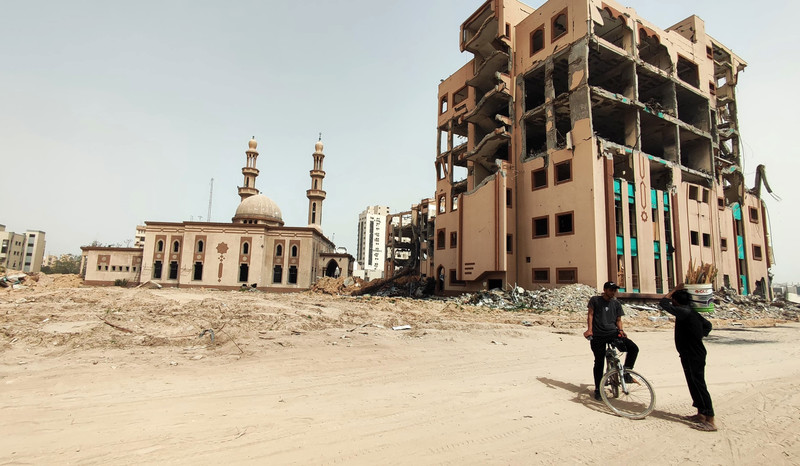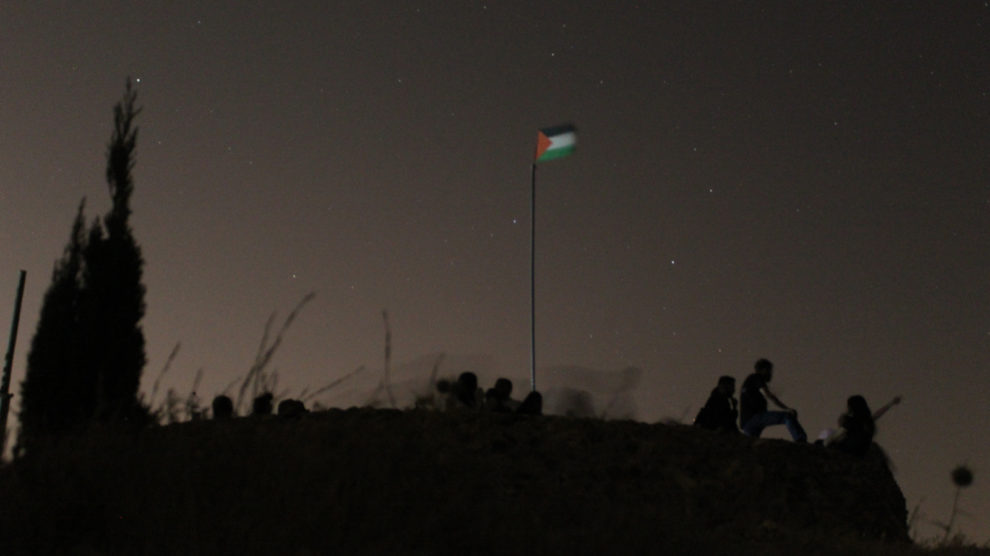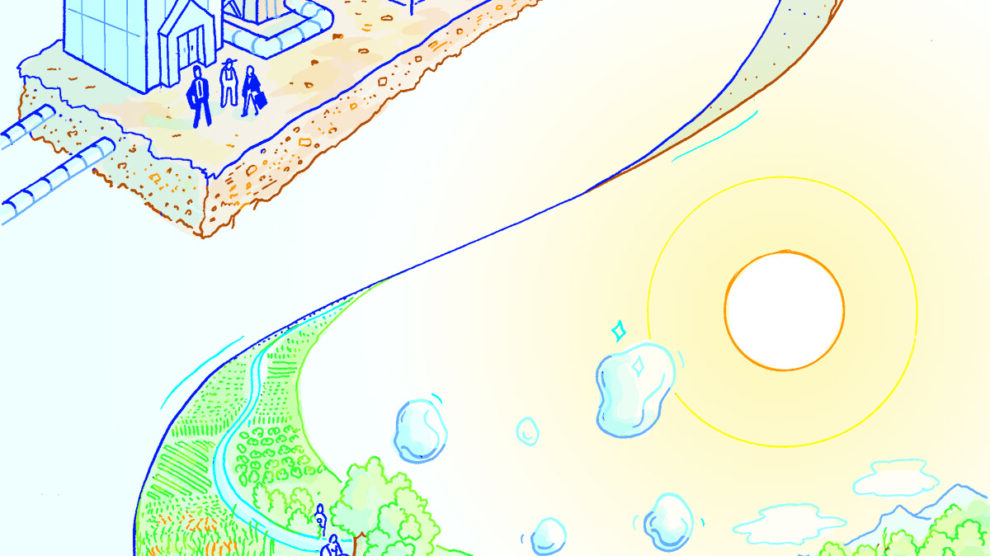May 1, 2024
The Physics of Death in Gaza
By Qasem Waleed El-Farra
This article is republished with permission from Electronic Intifada. Please support their work.

Physics is based on questioning.
Questioning the origin of the universe.
Questioning time.
Questioning the nature of matter.
As a physicist based in Gaza, I have been taught to ask questions that challenge our understanding of the world.
When I joined the physics department at the Islamic University of Gaza in 2017, all I wanted to do was to imagine our great universe and to delve into the reality that exists beneath the surface, those subatomic particles that form life.
But I’ve received an education that surpasses anything I could have ever anticipated.
Being a physicist in Gaza has made me realize that this field explains so much more than the mysteries of nature. It also raises questions about my life as a besieged individual living under occupation.
Throughout my first two years at the university, I learned that having a good question is better than having a genius answer. Questions open gates; answers close them.
And for me to break the Israeli blockade, I would need to have extraordinary questions.
Walking under moonlight
During my third year, I attended a lecture on quantum physics by the professor Sofyan Taya. He said that we don’t always have to explore the unknown to widen our understanding of the universe.
Sometimes, he said, we only have to cling to the simplest things we have or do, such as walking under the moonlight.
The idea was to create a connection between us humans and the physics of life.
Then, last December, Israel killed Sofyan Taya and his family in an airstrike on Jabaliya, northern Gaza.
When Israel ordered the mass evacuation of the northern Gaza Strip, Taya refused to flee south. Instead, he left his house in Gaza City and moved even farther north, to his family home in Jabaliya.
Taya was not only a distinguished professor of physics, he was also the president of our university.
He was as devoted to his scientific research as he was to his students, sharing with them all of his knowledge. It was a significant loss, as his influence spread across other fields, like engineering and information technology.
Power of vibrations
When I heard again in December that Israel had killed yet another physics professor, Khitam Elwasife, I was similarly devastated.
She was killed along with her husband, Mahmoud Abu Daf, the former dean of the faculty of education at the Islamic University of Gaza.
Alia Alshawwa, a fellow teacher in the physics department, told me how Khitam Elwasife paved the way for many female physicists in Gaza.
Elwasife had been head of the physics department during the course of my studies, and I knew her through a summer camp that she had helped arrange for secondary school students. We invited the students into our department and collaborated on experiments and projects.
We called the camp Creative Scientists Despite the Siege.
I remember I had been preparing for my presentation that I planned to give to the students and I saw Elwasife staring at me.
I always admired her connecting with her students on a personal level. She asked if I was listening to music to calm myself.
I told her that it was part of the presentation on vibrations, about how vibrations are an important component of life – the higher the pitch, the closer we are to breaking through closed gates.
Occupation is a pattern in space
Israel has killed even more physics professors since December 2023, Hatem al-Ghamri and Ibrahim Qadoura among them.
It is estimated that 95 university professors have been killed since October, though I am sure the real figure is higher.
I often think of Sofyan Taya’s words on bridging the gap between the lofty world of physics and daily human experiences.
It occurred to me that while physics explains the laws of motion in terms of momentum, mass and gravity, physics in Gaza explains laws of motion in terms of occupation, aggression and colonialism.
Physicists say that motion is a pattern in space, while a process is a pattern in time.
Occupation is, correspondingly, a pattern in space. It manifests itself in the same forms repeatedly, claiming a certain territory and inflicting violence on that territory.
I realize that physics in Gaza is different.
Physics taught me how to accurately calculate the velocity of a rocket as it hits the ground. But it didn’t teach me how to calculate the fallout if that rocket targeted my house.
Physics taught me that when the density of an object is less than that of water, it will float on the surface, like aid boxes dropped from planes. It didn’t teach me that people might drown trying to reach that aid.
Do the classical laws of motion apply to Gaza, where the current Israeli genocidal war advances in a certain path, at absolute time and space?
Or has the uncertainty principle overcome the Palestinian question and eradicated the concept of trajectory?
Why do I feel I have aged 20 years since October 2023, when, on earth, time dilation cannot be that significant?
Now that I’ve raised these questions, I have opened new gates that I can’t close.
Life is different now that Israel has killed my professors. Knowledge feels trapped behind unopenable gates.
My professors taught me the physics of life. Israel, on the other hand, is forcing me to learn the physics of death.
Qasem Waleed El-Farra is a physicist based in Gaza.





